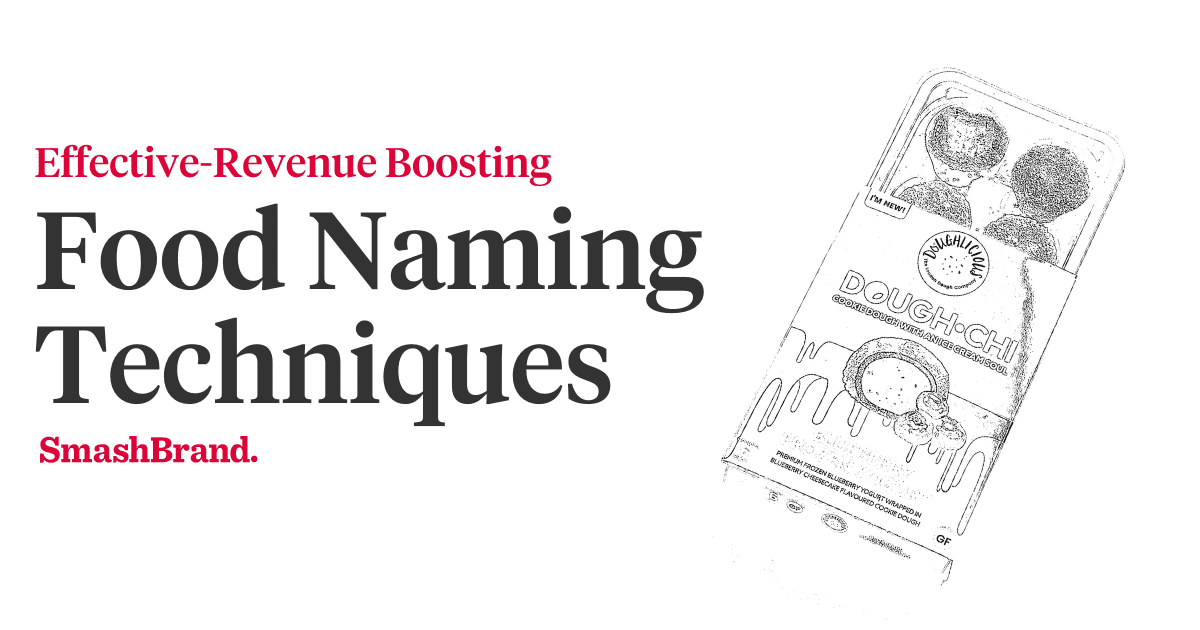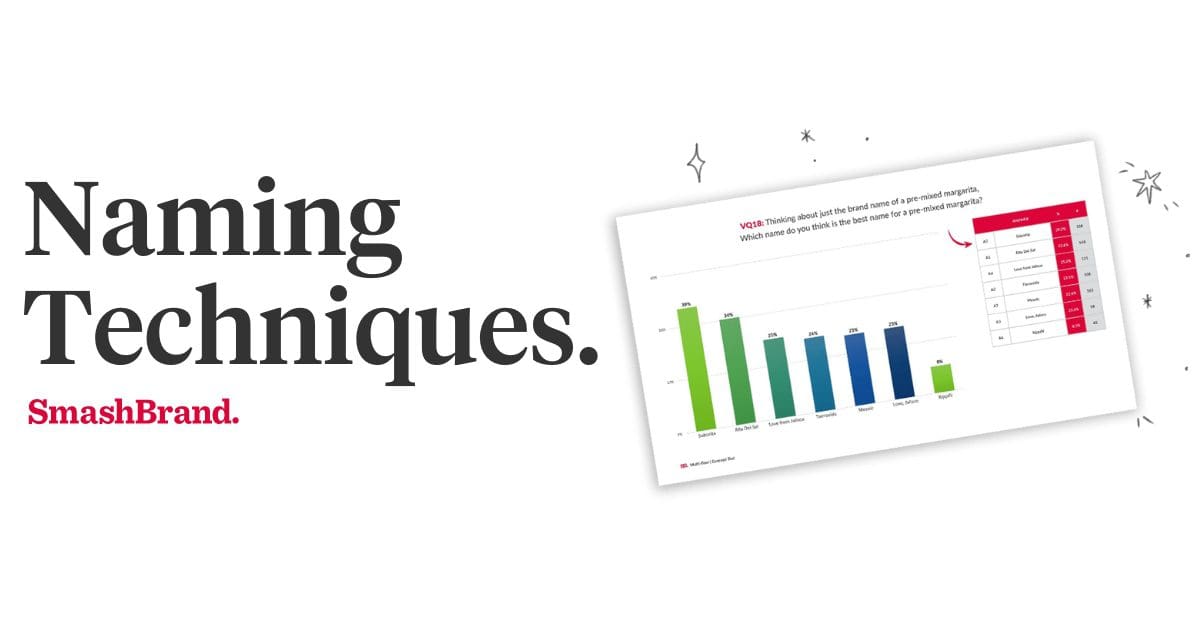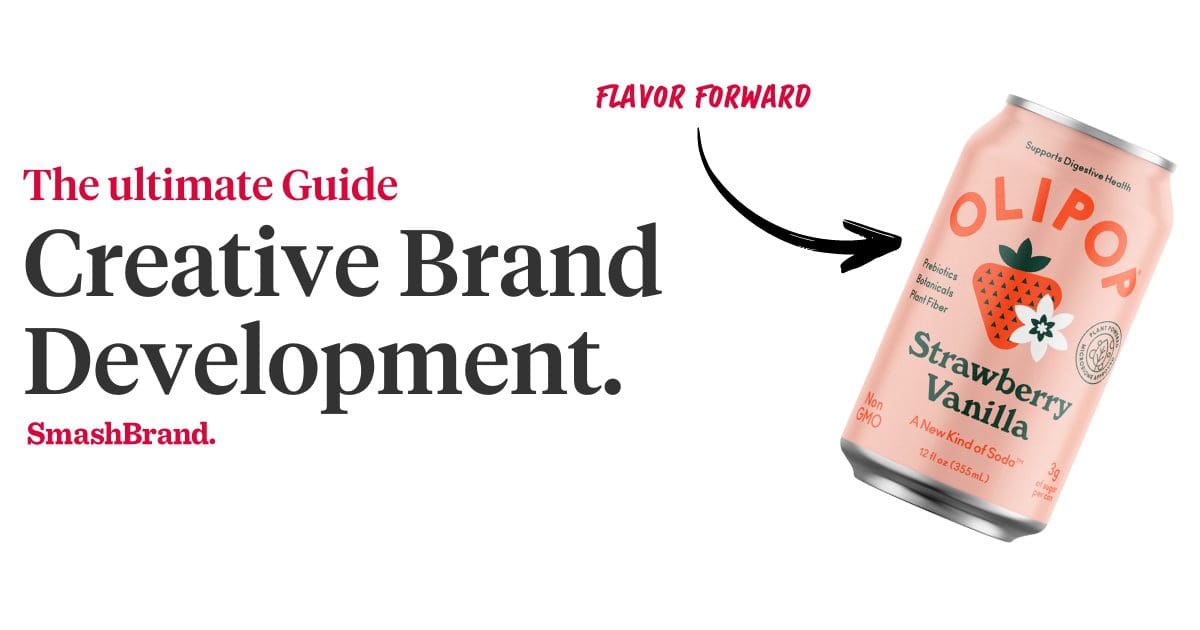Listen to This Article

We can’t stress the importance of creating a professional wine label design enough. Snobbery is prevalent from every corner of the vintner world, so you want your upstart wine to come into the market with all guns loaded. Otherwise, your investment will not be well received by the wine industry, wine retailers, and, most importantly, the wine drinker.
Oh, some wine label and packaging design aficionados make a point of seeming hip and insouciant and weird (the Versus wine pouch, anyone?), but the general wine community attitude is: Only questionable wines rely upon gimmicks and showmanship; a good wine sells itself. Of course, there are strange cultural phenomena to consider, and wine consumers are as susceptible to peer pressure as any awkward 14-year-old.
This article serves to help you avoid the pitfalls most experience when they enter the wine market. The assumptions a brand owner puts forward as they hope to create the “most creative wine packaging design” the world has ever seen. Instead, you will learn the benefits (and some insider secrets) of using a professional when creating a wine bottle label.
Get your Hands on the SmashReport!
And enter to win a FREE brand diagnosis worth $20,000.
*The SmashReport is a monthly newsletter for FMCG and CPG brands, helping them stand out in the competitive retail marketplace.
Cultural Influence on Wine Consumer Behavior
The wine prestige effect on the consumer is tangible. Remember the movie Sideways? The main character had a massive personal and academic affection for Pinot Noir and a deep disdain for Merlot. Well, movie fans — fans that may or may not have known anything about wine — responded by buying more Pinot Noir and less Merlot for several years after the film’s release. No one wants to seem like a wine hick, and until roughly 2009, enjoying Merlot meant that you were probably just as likely to pair a foie gras with a diet Mountain Dew.
So, how can you make your wine bottle stand out while maintaining the general wine status quo? We’ll do our best to help you put your best foot forward with your wine label design.
Unique but Not Desperate
Except for several past category disruptors (we’re looking at you, Barefoot), vintners have to have some measure of history and expertise to be trusted by consumers; the wine label design has to reflect their pride in the quality of their wine while still creating a brand distinction between themselves and the thousands of other wine brands. A gimmicky graphic design may work for some products, but it rarely works for wine – if you want the customer to buy more than one bottle.
You want to design a wine label and its supportive packaging to assume a luxurious position. Unlike beer, wine isn’t an “everyman” kind of beverage; you can buy a cheap beer without too much shame, but no one purchases the cheapest wine on the shelf without feeling like they owe the cashier some explanation. Even if your bottles retail for $4.99 (or [gasp!] less), your label and packaging design should be on par with the most prestigious vintages. But this statement doesn’t mean you must be trapped mimicking the expensive bottle designs; your design must be deliberate and sleek.
Label Self-Awareness
There is a fine line between whimsy and gimmicky. Because sophisticated people generally pride themselves in their wit (whether they possess it or not), it’s possible to create a custom wine label that says, “Tee-hee, aren’t I amusing? I thought of it while playing polo with the Marquess of Stafford on my yacht. It’s a huge yacht, by the way.” The wine label humor formula is Noel Coward = good; Adam Sandler = not so good.
Self-awareness is one of the most important aspects of any branding campaign. From immediate brand identity to long-term brand equity, being aware of who you are and whom the consumer sees you as is critical to your brand’s success.
Label Quality
A wine label designer has to take more than the typography (font style and size) and graphics into account; the quality of the label itself plays a huge part in the marketability of a fine (or not-so-fine) wine. A high-quality label isn’t the one with the award-winning design; it’s the one that causes the wine consumer to pull the bottle off the shelf and cherish it every time they grab it from the cabinet or wine cooler.
For example, a glossy or plastic label can seem beautiful when photographed for a design or winery website, but when it sits on the shelf, the reflection of the light can obscure the label details. A packaging design professional will understand these data-driven details more than a designer.
Also, black labels can look elegant during the concept phase for all bottled alcoholic beverages, but if they get scuffed during shipping (and often do), they can make the wine look cheap. We don’t mean every brand must avoid black or dark wine label designs. Still, the designer must consider potential scuffing and perhaps incorporate a weathered look into the label’s aesthetic (such as Francis Ford Coppola’s The Carmine wine jugs) and its impact on the overall brand experience.
A wine label design has tons of non-negotiable rules, but navigating them in such a way as to produce genuinely exceptional and individualistic labels is possible. Don’t despair if you’re not a hoity-toity person; sophisticated, interesting, and appropriate ideas will come — though you might have to watch significantly more “Downton Abbey” than you might want.
Wine Label Design Trends
As with every CPG category, specific trends present themselves as opportunities to stand out and, often the case, be seen as white noise. A well-designed wine label “considers” wine design trends but makes its final decision based on consumer testing, which any reputable wine label design company performs. Here’s a look at several trends to consider:
Minimalist Wine Labels
With so many competitors pushing for more with their wine label design, sometimes less is more, especially when you want to emphasize a single purchase driver. Minimalist wine labels embrace simplicity, allowing the elegance of the glass bottle to do the talking. These designs often feature clean lines, muted colors, and subtle typography, creating a sophisticated and modern aesthetic.
By stripping away unnecessary elements, minimalist wine labels exude a sense of refinement and let the quality of the wine speak for itself. If you’re looking for wine-label design ideas that showcase understated elegance, consider minimal designs as a strategy.
Vintage Wine Labels
A vintage label can evoke a sense of timeless charm and heritage. Many successful wine brands draw inspiration from classic designs of the past; these labels incorporate vintage typography, intricate illustrations, and ornate details. Whether it’s a rustic vineyard scene or an elegant crest, vintage wine labels capture the essence of tradition and craftsmanship.
Vintage wine labels transport wine enthusiasts to a bygone era and create a sense of nostalgia and authenticity. If you aim to create a wine label that pays homage to the past and adds a touch of vintage allure, consider a previous time period as one of your wine label ideas.
Disruptive Wine Designs
In a sea of traditional wine labels, disruptive wine label designs dare to stand out and make a bold statement. These whimsical and visually stunning labels discard the norms and captivate consumers with their unconventional approach. From vibrant colors to irregular shapes and materials, disruptive wine labels break free from traditional expectations, making a memorable impact on the shelf.
They challenge what a wine label should be and appeal to those seeking unique experiences. If you’re ready to shake up the wine industry and say “shhh” to the wine expert, consider exploring disruptive wine label designs that push the boundaries of creativity, color, and foil but be sure to perform package design testing to ensure your stand out packaging doesn’t put off your target consumer.
Data-Driven Brand Development
Want a best-selling brand? SmashBrand is a brand development company for FMCG and CPG brands. From brand strategy to packaging design testing, our Path To Performance™ process guarantees a retail performance lift. Book a time to discuss your project with our team.





